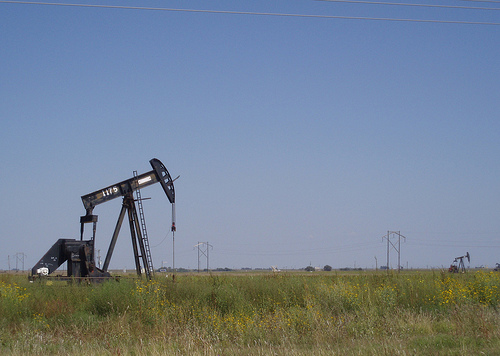
credit: cjc4454
How is THAT possible? Well, the news won’t tell you everything about a company’s health. For that, we turn to our old friend the earnings report…
- Permits to drill are still hard to come by in the oily Gulf of Mexico, but increased drilling on dry land gave Halliburton a boost in the last quarter of 2010.
- The high price of oil also helped; at $90 a barrel, oil collectors had more cash on hand to expand their onshore operations.
- Halliburton is the world’s second-biggest oilfield services company, but still one of the cheaper stocks in the oil industry. Even with bigger-than-expected profits, it faces stiff competition from rivals. Oil is, after all, a finite resource.
Facts & Figures
- In the last three months of 2010, Halliburton’s revenue increased by 80%
- Net profit (the money that remains after debts and taxes are subtracted from gross profit) was $605 million in the 4th quarter, up from $243 million at the end of 2009
- In 2011, Halliburton plans to increase the number of employees working on oil projects in Iraq to 1,200
Best Quote
“It’s still the cheapest of the large-cap diversified (oilfield service) companies.” – Kurt Hallead, Analyst at RBC Capital Markets
What do you think?
What would your earnings report look like for the last quarter 2010? Would it reflect financial disasters (or successes!) from earlier in the year?